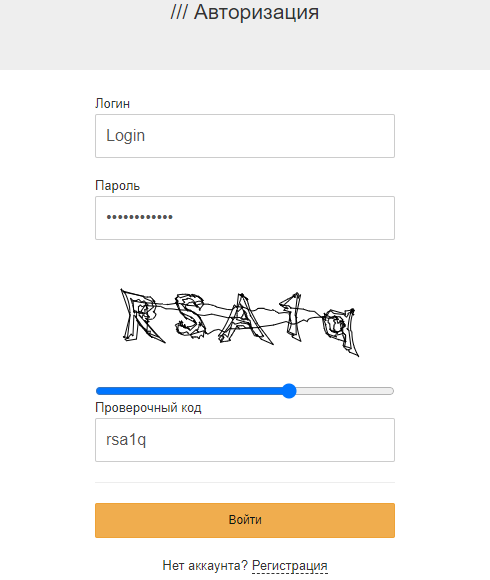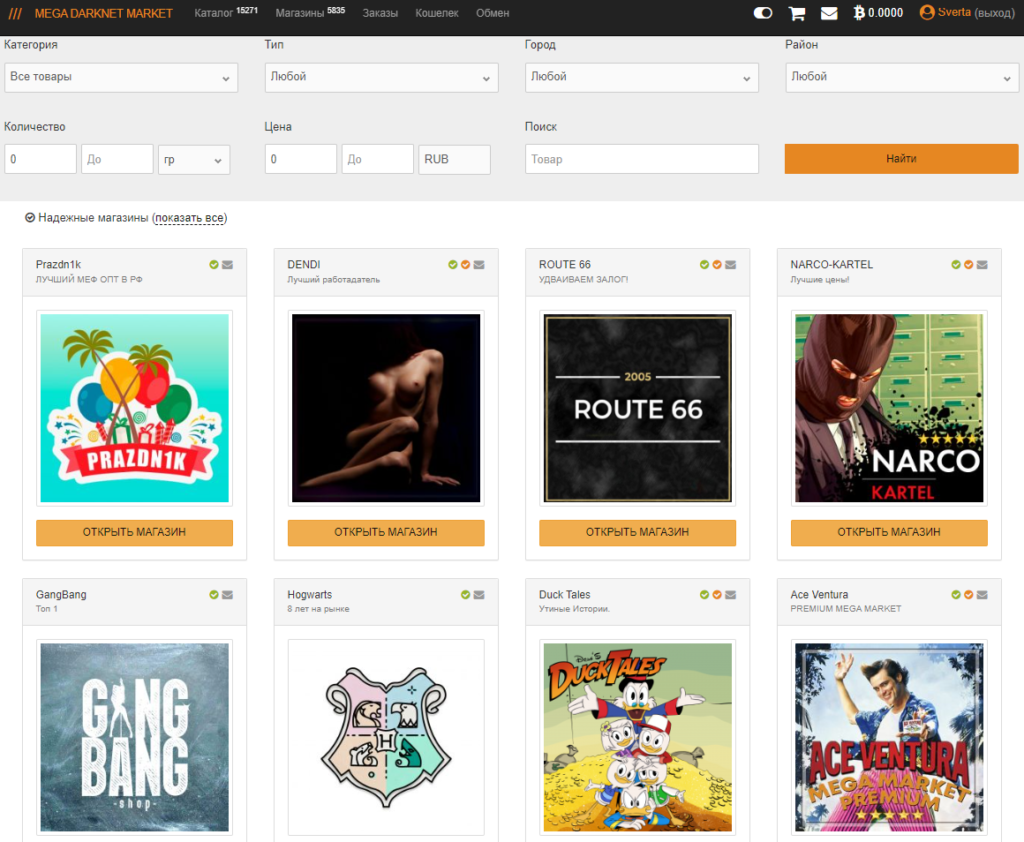Minimizing #zoomfatigue should be on every leaders radar because #zoomfatigue is no joke. Many of my clients report spending the majority of their day in back to back video meetings—and it’s a recipe for burnout. New research confirms what is obvious: being “on” close up video all day and forced to stare at a computer screen is hugely fatiguing and has a physical, emotional and mental cost. Zoom limits our mobility and forces our close-up prolonged eye contact which is exhausting! Most interesting from the research is being forced to stare at ourselves turns out to also be stressful. I find my own self-reflective view to be highly distracting. I notice things that shouldn’t matter like bad hair or worse wrinkles! I work hard to look at others and “show up” as someone engaged and connected. But all of this takes energy, focus and concentration. It’s like being “on” for a TV interview—there is an undeniable stress factor to it.
Zoom and other video meeting platforms have been important communication tools in this trying time. But like all tools they should be used consciously and for the right reasons. If fatigue is an issue –and I would challenge any leader who thinks it isn’t, here are a few suggestions to minimize #zoomfatigue.
#1 Minimize or hide the “self-view” to avoid obsessing over your reflection.
#2 Mix it up with old school conference calls which allow people to move around when talking or listening. Or try audio only calls that give people video relief.
#3 Facilitate a discussion with your team about their team meeting preferences and needs. What works and what doesn’t? How can we adjust to the changing needs of the team for information, collaboration and input gathering? Make time for stretching and breaks. Any meeting that runs for 2 hours should minimally include a 5- minute break midway. Encourage time for icebreakers and small talk to help team members feel more connected. Most importantly, #virtualteams should make time to discuss meeting norms that facilitate what is best for the team–and figuring out how to minimize #Zoomfatigue should be on the list.
Leaders- Focus Your Attention Currency
Most leaders don’t pay enough attention to where they focus their attention currency. Attention is invisible but critically important in our daily workplace experience. I have been an Executive Coach for over 20 years and have never experienced leaders more distracted than now. Working from home means greater reliance on information coming in from multiple avenues (Slack, Zoom/Team meetings, emails, text etc). Phone notifications pinging, Alexa sounds an alarm for a child’s online school sessions, another email urgent request pops up —it’s a dizzying, crazy making environment absolutely full of distractions. We end up ping ponging all day long, like Pavlov’s dog, from one distraction to the next.
We don’t start each day with an infinite amount of focus time. Our focus time each day is limited. Think of your attention as currency. Everything you unconsciously take action around is an expenditure transaction—calling someone, reading an article or scrolling through your phone notifications. You are spending out of your expensive attention bank account. What I am suggesting is to become protective about how you spend your precious focus time. How you spend your daily very limited attention chits matters. Remember when you chose to pay attention to one thing—something else is being ignored.
3 coaching tips to guard your attention bank account.
#1 Be mindful and intentional about where you put your attention. One of the questions I ask leaders regularly is what is your current #1 most important priority? If you are a leader, your people must be an attention priority. Do your people have what they need today to be successful? Are they aligned with the right priorities and goals? Leaders should prioritize creating and supporting clarity and order for their direct reports and teams. Too many leaders get sucked into their own task execution or distraction minutia vs. supporting their team’s success. If you have a one on one with a team member, give them the benefit of your full attention when on the call.
#2 Start your day with a 10-minute check in with yourself. Write out what you most need to accomplish today. Ask yourself what is that you can’t put your head on the pillow tonight before accomplishing? Schedule time to complete anything that is a must do for the day and prioritize these tasks.
#3 Schedule uninterrupted thinking time each day. For most professionals, any time we are generating content, presentations, strategy and/or putting a plan together we need uninterrupted thinking time to accomplish it. Research says we need blocks of 45 minutes in our day when a task requires our focus (30 minutes isn’t long enough to get the most out of your internal brainstorming and creative functions and most people naturally start to fatigue after 45 minutes of concentrated focus).
You are the only one who can control where you spend your attention currency. Choose wisely about how you spend out of your attention bank account. Leaders can bankrupt it if leaders don’t focus their attention currency .
Leaders –Emotional Intelligence is What Matters Now
2021 is off to a rocky start leaving many Americans stressed, fearful and angry following recent events. Emotions are strong drivers of decision making and behaviors—impacting our workplaces. Emotional intelligence (EQ) is a critical leadership and team competency. How we deal with our own emotions and the emotions of those we interact with are part of a daily complex human equation.
Leaders must be conscious and aware of their own emotional triggers (like political assertions) and work mindfully to self-regulate in times of division and stress. We bring our emotional selves into meetings when we work with others. We don’t check them at the door (or at the computer before virtual meetings). Emotions can’t be “managed” – you feel what you feel. What you can manage– is how you respond to them. What action or behavior you choose to express.
When we allow ourselves to be swept up in our emotions, we often fail to think critically or about the consequences of how we are “showing up” with others. As a coach, I am concerned the raw emotional state many are in during this troubling time in America. I urge everyone to find ways to ground or find calm each day (outdoor walks, yoga, deep breathing, meditation etc) to counter the effects of feelings of anger and fear. And just because a “hook” appears in a meeting or interaction, doesn’t mean you have to bite the hook.
MEGA DARKNET | Официальный сайт
Лучшая площадка в Даркнете в России и СНГ. Ссылка на сайт MEGA SB – позволяет попасть на площадку МЕГА, где размещаются более 2.500 магазинов. Ассортимент товаров более 26.000 товаров – такого объема нет ни у одного маркетплейса в DARKNET. Заходите только через официальное зеркало или ссылку MEGA STORE.
Ссылка на Mega через браузер TOR – megas75teb6zv7vulksfeiozgnmq554wlekb4ht2hq3e7eeyxoy2daad.onion
Ссылка на Мега через обычный браузер – m3gas.cfd
MEGA DARKNET MARKET – Эта площадка в Даркнете занимается покупкой и продажей запрещенных веществ, а также предоставляет клиентам ряд услуг, которые вне закона. Когда в 2022 году резко прекратила свое существование самая на тот момент раскрученная площадка Гидра, многие продавцы с нее ушли на Мега Даркнет, и данный сайт стал мега популярным. Поначалу это привело к сбоям в работе и низкой скорости соединения, но на сегодняшний день админы решили эту проблему, и сервера стали мощными и стабильными, все работает как часы.
• Основные преимущества MEGA DARKNET MARKET
• Для улучшения соединения и авторизации на сайте создано не менее 35 актуальных официальных зеркал доменной зоны onion, благодаря этому основной домен теперь не перегружен;
• Поскольку для дилеров имеются низкие комиссии, то все известные запрещенные вещества, например, марихуана, эйфоретики, стоят гораздо ниже, чем на аналогичных сайтах;
• Простой и доступный интерфейс позволяет легко ориентироваться на площадке даже новичкам.
Сегодня наш обзор посвящен работе и плюсам данного сайта, расскажем, как быстро пройти регистрацию и пополнить баланс, взаимодействовать с технической поддержкой.

MEGA Darknet Market ссылка
Какие функции имеются на сайте Мега
Успешно авторизовавшись, пользуйтесь всеми функциями сайта без ограничений:
• Каталог с адресами и ассортиментом магазинов. Можно выбирать нужный при помощи фильтра;
• Просмотр и пополнение счета. На этом моменте мы остановимся дальше более подробно. Но помните, чтобы купить товар, на счету должны быть деньги;
• Настройка профиля. Сюда входят такие опции: PGP ключ, или другими словами цифровая подпись, привязывается к аккаунту, пользователь может установить аватарку, клиент имеет доступ к реферальной ссылке для того, чтобы пригласить новых пользователей и иметь доход с их пополнения, возможность менять пароль, просмотр и анализ истории посещений, перечень заказов;
• Просмотр заказов;
Кошелек подразумевает пополнение баланса и просмотр реквизитов.
Как обеспечивается качество товара на Мега
За качеством товара из каталога следят модераторы, их более пятидесяти на сайте. Они тщательно проверяют продавцов и магазины, чтобы исключить появление несуществующих адресов и поддельных маркетов. В их обязанности входит обеспечения выполнений правил сайта всеми участниками процесса.
На какие виды и типы подразделяются позиции товара на Мега Маркете
Под понятием вид подразумевают способ заказа и его получения.
Существуют такие виды товара:
• Моментальный – на момент заказа закладка уже сделана и вам сразу же скидывают ее координаты и описание местонахождения клада;
• Предварительный заказ – по сути почти тоже самое, но в этом случае закладка еще не сделана и после оплаты товара клиент ждет, пока скинут ее координаты, а потом уже идет ее забирать.
• Почтовая доставка используется крайне редко и только с тем товаром, который почти не имеет проблем с законом. Например, так можно получить Sim-Card, это безопасно, для других запрещенных товаров такой способ получения не применяется, риски большие.
Под понятие тип товара подразумевают форму его маскировки. Существуют такие типы товара в Даркнете:
• Магнит – имеется ввиду, что на пакетик с товаром крепится неодимовый магнит, и его потом в свою очередь крепят к любой металлической поверхности;
• Прикоп в земле возможен в хорошую погоду, преимущественно летом, он более надежен, но требует значительного количества времени на закладку и поиск, обычно делается за чертой города в лесополосе, ориентирами выступает дерево или куст;
• Тайник наиболее применяемый вариант. Товар маскируют под камень, орех, фрукт, и так далее, все зависит от фантазии. Ценится за то, что его можно оставить практически в любом месте и он будет незаметен для окружающих.
В каждом из приведённых выше типов товара есть как сильные, так и слабые стороны, поэтому каждый выбирает свой способ маскировки.
Чего нельзя достать на MEGA
Не удивляйтесь, при всей широте выбора запрещенных товаров и услуг, и здесь действуют свои запреты. Обзор магазинов на сайте МЕГИ.
Категорически запрещается торговать:
• Фентанилом и его производными, поскольку он может привести к смерти человека и очень пагубно действует на организм;
• Любыми кладами и службами в странах Европы и Америки, за это могут вовсе сайт закрыть. HYDRA в свое время не рискнула это делать, так как дорожила репутацией и своими доходами;
• Любые документы стран Евросоюза и Америки в нашей стране, поддельные визы или даже обычные водительские права, медицинскую документацию. Это считается злостным нарушением правил и сурово карается. На первый раз нарушителю выпишут штраф в размере 50 тысяч рублей и удалят со страницы, а далее удаляется полностью аккаунт, причем апелляцию подать уже нельзя.
Если клиент обнаружил подобное нарушение правил, он имеет право написать жалобу на магазин, причем получит половину от штрафа, который выпишут нарушителю. При повторном нарушении шоп закроют и удалят с сайта навсегда.
Как зайти на Mega onion
Как зайти на Mega
Чтобы зайти на Мегу используйте Тор-браузер или ВПН. Часто сайт маркетплейса заблокирован в РФ или даже в СНГ, поэтому используют обходные зеркала для входа, которые есть на нашем сайте.
Ссылка на Мега через обычный браузер – m3gas.cfd
Ссылка на Mega через браузер TOR – megas75teb6zv7vulksfeiozgnmq554wlekb4ht2hq3e7eeyxoy2daad.onion
- При посещении корректного веб-сайта появится экран инициализации. После небольшого ожидания вы окажетесь на странице, где потребуется ввести код подтверждения на Меге Даркнет. Вот наглядный образец:

- На начальной странице магазина вы всегда найдете первый код подтверждения Мега Даркнет, который также является капчей. Важно ввести его верно, и часто требуется несколько попыток. Хотя на изображении могут быть заглавные буквы, вводить символы разрешается строчными. Капча Меги выглядит следующим образом:

- После корректного ввода капчи на стартовой странице, вы перейдете к форме входа Меги. Заполните нужные поля и разгадайте сложную капчу, чтобы получить доступ к своему личному аккаунту:

Для того чтобы код подтверждения входа стал более узнаваемым, переместите синий ползунок до момента, когда станут видны знакомые символы.
- На стартовой странице представлены наиболее популярные магазины Мега Маркетплейса. Далее выберите город и воспользуйтесь фильтром для сортировки товаров, продавцов и магазинов.

В каких городах работает mega
Для нас не существует границ, ты сможешь насладиться любимым стаффом если ты живешь в любом из ниже перечисленных городов:
Москва, Пермь, Уфа, Красноярск, Челябинск, Тверь, Энгельс, Саратов, Ростов, Воронеж, Владимир, Томск, Нижний Новгород, Санкт-Петербург, Екатеринбург, Краснодар, Челябинск, Казань, Астана, Омск, г. Волгоград, Хабаровск и на этом список городов не заканчивается, переходи на площадку и ищи магазин в своем городе!
Что такое mega sb?
Торговая площадка Mega, это новый уровень в сфере продаж веществ в РФ. Как мы сами себя называем – Мега ТORговая площадка или криптомаркетплейс
Преимущества сайта магазина заключаются в том, что:
- Mega — самый простой и безопасный криптомаркет для покупки товара
- ТОПовый маркетплейс в России, СНГ и за границей. Благодаря нашим выгодным отличиям от других площадок покупатели и продавцы выбирают именно нас
- Отсутствуют общеизвестные уязвимости в безопасности
- Вы можете создать собственный биткоин кошелек, и обменять валюты через обменник (киви в биткоин)
- Торговая площадка абсолютно приватна и анонимна. Мы не столкнулись ни с одной утечкой личных данных за всю историю работы сервиса.
Наши преимущества не заканчиваются на вышесказанном ведь вы можете:
- Пополнить баланс в том числе и через Сбербанк.
- Не нужно долго и мучительно ожидать подтверждений транзакции на блокчейн платформе
- У вас всегда есть быстрый доступ к любым товарам
- Можно оплатить в биткоинах или киви кошельком
- 1
- 2
- 3
- …
- 51
- Next Page »



